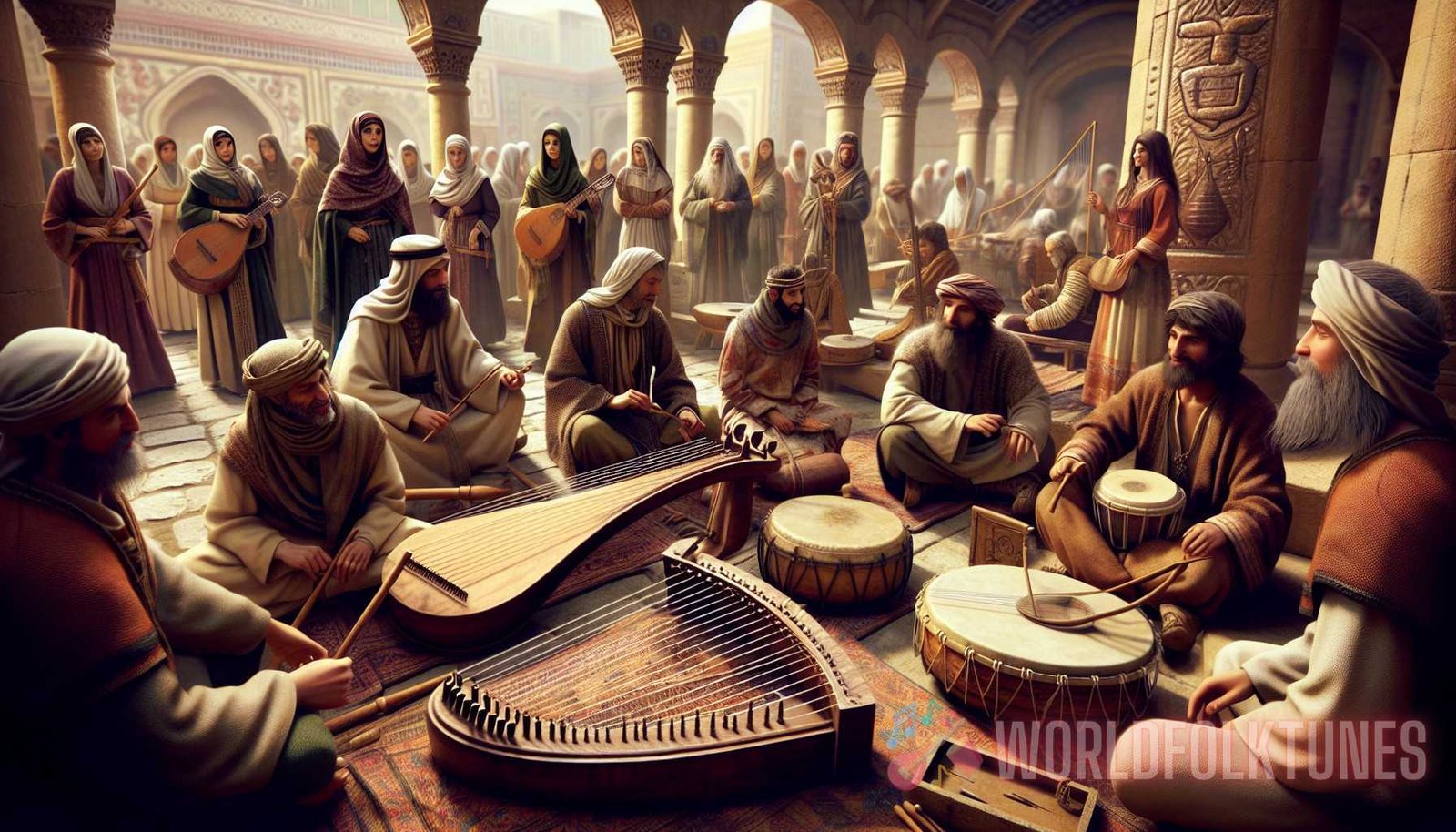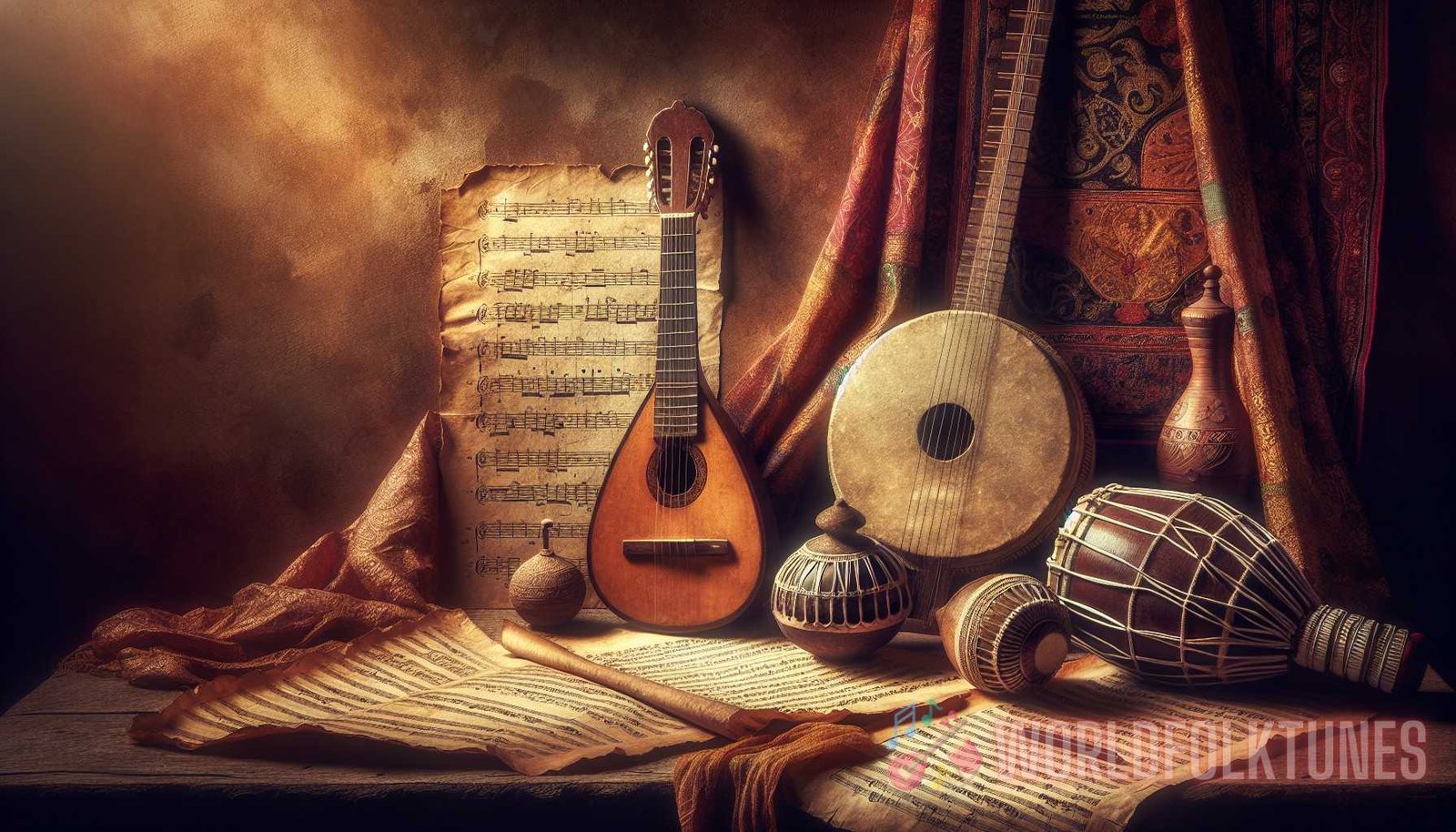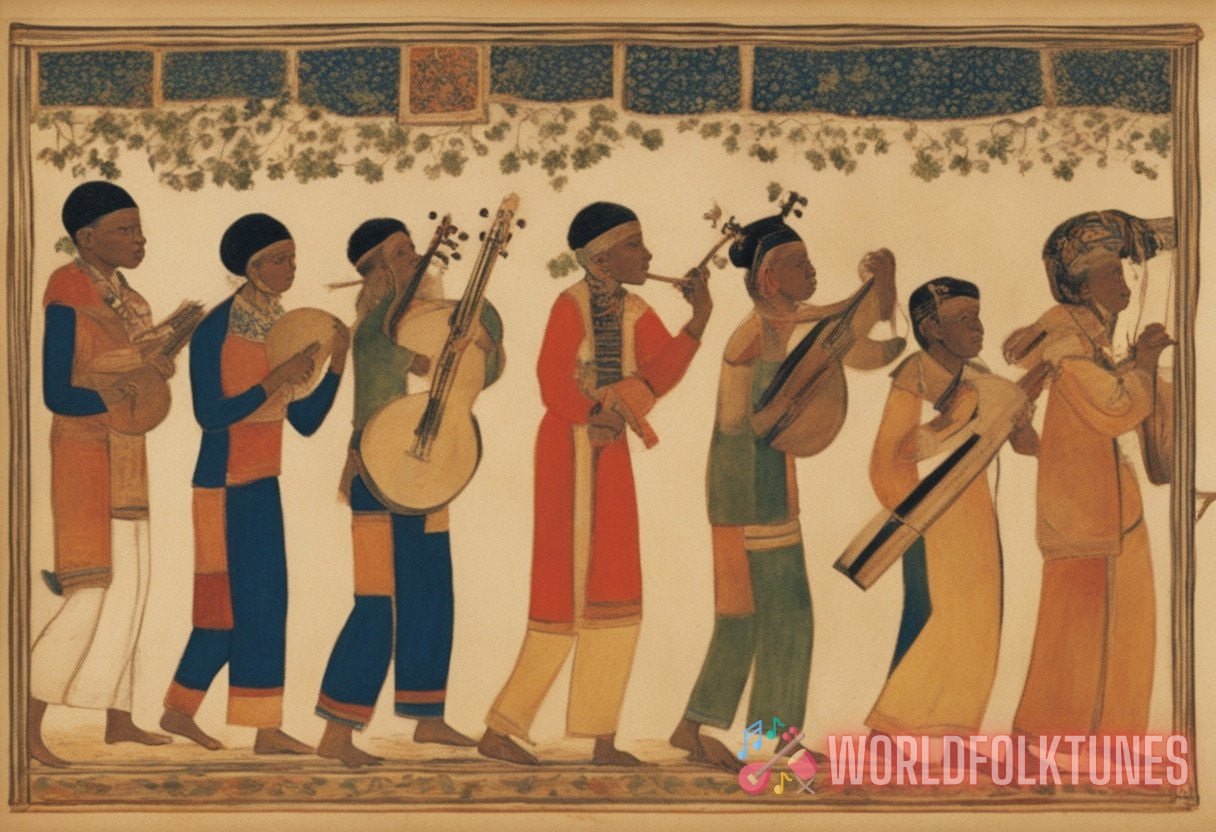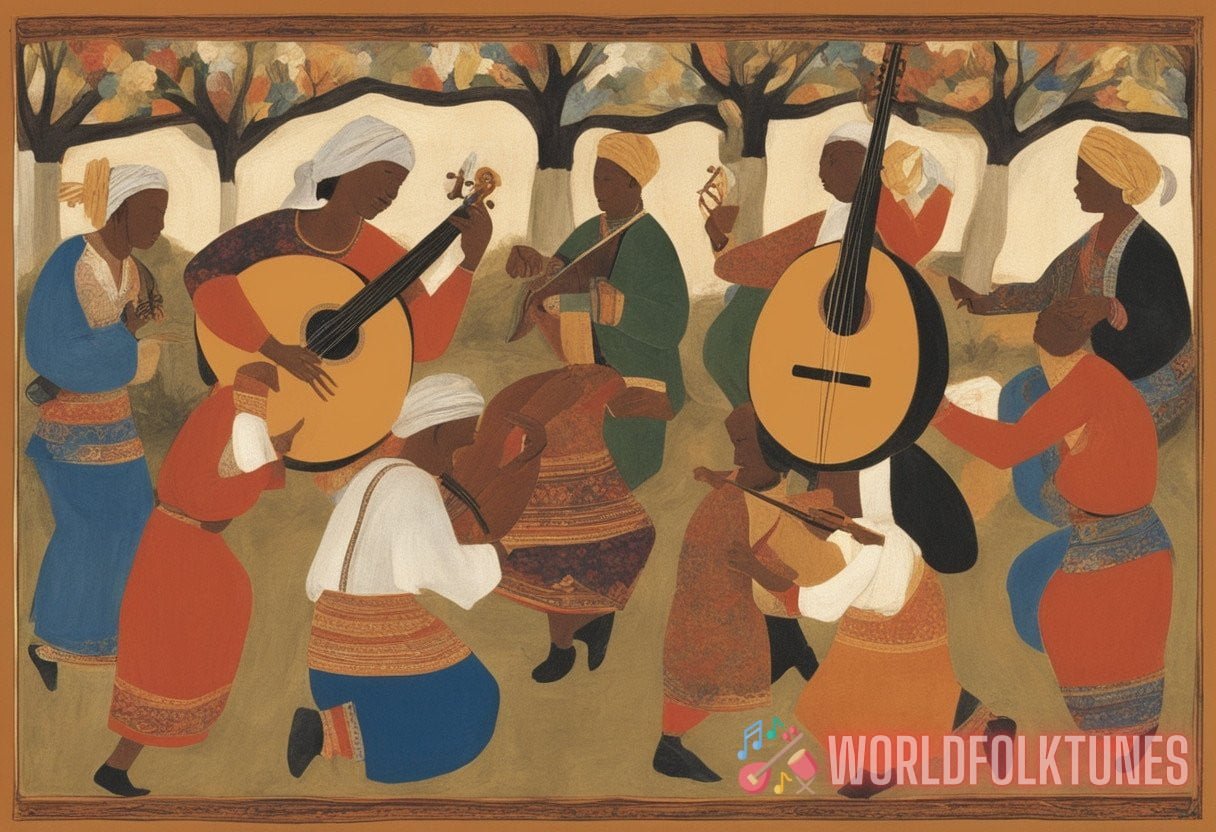The Roots of Rhythm: Exploring the Cultural Significance of Folk Music
Folk music, with its powerful storytelling and emotive melodies, has been an integral part of cultures around the world for centuries. From traditional ballads passed down through generations to contemporary folk artists carrying on the legacy, folk music serves as a testament to the human experience, reflecting and shaping the cultural identity of communities. In this article, we will delve into the rich history of folk music and explore its cultural significance, examining how it has evolved over time and the ways in which it continues to resonate with people from all walks of life.
What is Folk Music?
Before we explore the cultural significance of folk music, it is important to understand what exactly defines this genre. Folk music can be broadly described as music that is passed down orally or by ear, rather than through written notation. It typically reflects the social, cultural, and historical events of a particular community or region and is often characterized by simple melodies and straightforward lyrics that resonate with listeners on a personal level.
Folk music is deeply rooted in tradition and community, often serving as a means of communication and connection between individuals. It is closely tied to the history and cultural heritage of a people, giving voice to their joys, sorrows, struggles, and triumphs. Whether performed at social gatherings, festivals, or in more intimate settings, folk music has the power to unite people and foster a sense of belonging.
The History of Folk Music
The origins of folk music can be traced back to ancient times, when societies relied on oral tradition as the primary means of preserving their history and traditions. In these earlier civilizations, music played a vital role in storytelling, religion, and social events. As communities developed and grew, so did the complexity and diversity of folk music.
In Europe, the roots of folk music can be found in the songs and ballads sung by peasants, laborers, and rural communities. These songs were often passed down through generations and served as a means of documenting historical events, celebrating cultural traditions, and expressing sentimental and deeply personal emotions. In some cases, folk musicians were also known to be storytellers, using their songs to convey moral messages and preserve the collective memory of their communities.
In North America, folk music took on a different character with the arrival of European settlers. As immigrants from different countries settled in the United States and Canada, they brought with them their own musical traditions. These traditions blended with the musical traditions of African slaves, resulting in the birth of various styles of folk music, including Appalachian music, blues, and gospel.
During the 20th century, folk music experienced a revival with the emergence of folk revival movements in both Europe and North America. Artists such as Woody Guthrie, Pete Seeger, and Joan Baez used their music to advocate for social justice and civil rights, giving folk music a new relevance and purpose. The folk revival helped to bring folk music into the mainstream and introduced new audiences to its rich history and cultural significance.
The Cultural Significance of Folk Music
Folk music holds immense cultural significance, serving as a repository of collective memory and cultural heritage. It is a means of preserving the stories, values, and traditions of a community, passing them on from one generation to the next. Here are some of the ways in which folk music contributes to the cultural fabric of societies:
1. Preserving Cultural Identity
Folk music serves as a powerful tool for preserving cultural identity. It provides a window into the past, allowing communities to connect with their ancestors and their roots. Through the lyrics, melodies, and instruments used in folk music, listeners gain insights into the traditions, customs, and values that have shaped their community. As such, folk music plays a crucial role in ensuring the continuation and preservation of cultural heritage.
2. Sharing Stories and History
One of the primary functions of folk music is to share stories and history. These songs serve as a vehicle for capturing the experiences and struggles of a people, documenting their collective memory. Whether through traditional ballads recounting historical events or contemporary folk songs reflecting on current social and political issues, folk music provides a platform for stories to be shared and heard.
3. Expressing Emotions and Experience
Folk music is known for its powerful emotional impact. It provides a means of expressing a wide range of emotions and experiences, from love and joy to sorrow and protest. The simplicity and authenticity of folk music allow listeners to connect on a deeply personal level, relating to the raw emotions and lived experiences conveyed through the music.
4. Building Community and Connection
At its core, folk music is a communal experience. It brings people together, fostering a sense of community and connection. Whether at music festivals, in local pubs, or at informal gatherings, folk music creates an environment where people can come together to share in the joy of music, dance, and storytelling. It provides a sense of belonging and unity, transcending cultural boundaries and fostering cross-cultural exchange.
5. Inspiring Social Change
Folk music has long been associated with social activism and movements for change. Artists like Bob Dylan and Joni Mitchell used their music as a platform to raise awareness of social injustices and advocate for equality. Folk music has the power to inspire and mobilize individuals, giving voice to the marginalized and galvanizing communities to work towards a better future.
The Evolution of Folk Music

Over time, folk music has evolved and adapted to reflect the changing cultural landscape. While the core principles of folk music remain, various subgenres and fusion styles have emerged, expanding the boundaries of the genre. Here are a few examples of how folk music has evolved:
- Contemporary Folk: Contemporary folk music combines traditional folk elements with modern influences, resulting in a more contemporary sound. Artists like James Taylor and Joni Mitchell blend folk with pop and rock to create a unique and accessible style.
- World Folk: World folk encompasses a wide range of traditional musical styles from different cultures around the world. Artists like Ravi Shankar and Ali Farka Touré have introduced Western audiences to the rich musical traditions of India and West Africa, respectively.
- Indie Folk: Indie folk, also known as alternative folk, is characterized by its DIY ethos and introspective lyrics. Artists like Bon Iver and Fleet Foxes have gained popularity in recent years, bringing folk-inspired music to a new generation.
- Folk Rock: Folk rock emerged in the 1960s as folk musicians began incorporating elements of rock music into their sound. Bands like The Byrds and Fairport Convention popularized this fusion style, paving the way for future artists like Mumford & Sons and The Lumineers.
- Celtic Folk: Celtic folk music originated in the Celtic regions of Ireland, Scotland, and Brittany. It is characterized by its use of traditional Celtic instruments, such as the bodhrán and fiddle, and its focus on storytelling and mythology.
The Global Impact of Folk Music
Folk music is a universal language, transcending cultural and geographical boundaries. It has had a profound impact on music around the world, influencing countless artists and genres. Here are a few examples of the global impact of folk music:
1. American Folk Music Influence
American folk music, with its roots in the diverse traditions brought by European immigrants and African slaves, has had a significant influence on contemporary genres such as country, rock, and blues. The storytelling and musical techniques of folk music can be heard in the works of artists like Bob Dylan, Johnny Cash, and Janis Joplin.
2. British Folk Revival
In the mid-20th century, the British folk revival sparked a renewed interest in traditional folk music. Artists like Bert Jansch, Martin Carthy, and Sandy Denny not only reintroduced traditional British songs to a new generation but also inspired a wave of emerging folk musicians, both in the UK and beyond.
3. Latin American Nueva Canción
The Nueva Canción movement in Latin America in the 1960s and 1970s drew heavily from folk music traditions, blending folk with political and social commentary. Artists like Violeta Parra and Victor Jara used their music to speak out against social injustice and government oppression, inspiring a new generation of Latin American musicians.
4. African Folk Music Influence
African folk music has had a profound impact on various music genres, particularly jazz, blues, and reggae. The rhythmic and percussive elements of African music can be heard in the works of artists like Fela Kuti, Miriam Makeba, and Bob Marley, who incorporated African musical influences into their own unique styles.
5. Asian Folk Music Traditions
Asia is home to a rich tapestry of folk music traditions, each with its own unique style and instruments. From the haunting melodies of Chinese music to the dynamic rhythms of Indian classical music, traditional Asian folk music has inspired artists around the world and continues to captivate audiences with its timeless beauty.
The Future of Folk Music
As the world continues to evolve, so too will folk music. While the genre may undergo further evolution and fusion, its core values will remain intact. Folk music will continue to serve as a vehicle for storytelling, cultural preservation, and social change, connecting communities and inspiring individuals for generations to come.
With the rise of digital platforms, folk music has become more accessible than ever. Artists can now reach global audiences with their music, connecting with listeners from all corners of the world. This newfound accessibility has also led to increased collaboration and cross-cultural exchange, further enriching the folk music landscape.
Folk music festivals, both traditional and contemporary, continue to provide a platform for folk musicians to showcase their talents and connect with fellow artists and enthusiasts. These festivals serve as hubs of creativity and cultural exchange, fostering a sense of community and inspiring the next generation of folk musicians.
As society continues to grapple with issues of social justice, environmental sustainability, and cultural preservation, folk music will undoubtedly play a vital role in raising awareness and inspiring change. Through its timeless melodies and heartfelt lyrics, folk music will continue to resonate with audiences, providing a source of comfort, inspiration, and connection.
Conclusion
Folk music holds a special place in the hearts of communities around the world. Its rich history, cultural significance, and ability to bridge divides make it a powerful force for connection and understanding. Whether through traditional ballads or contemporary fusion styles, folk music continues to captivate audiences with its evocative melodies and powerful storytelling.
As we explore the roots of folk music and celebrate its cultural significance, we gain a deeper appreciation for the diversity and beauty of the human experience. Folk music reminds us of our shared humanity, providing a window into the past and a compass for the future.
For more information on the history and cultural significance of folk music, please visit Wikipedia.



